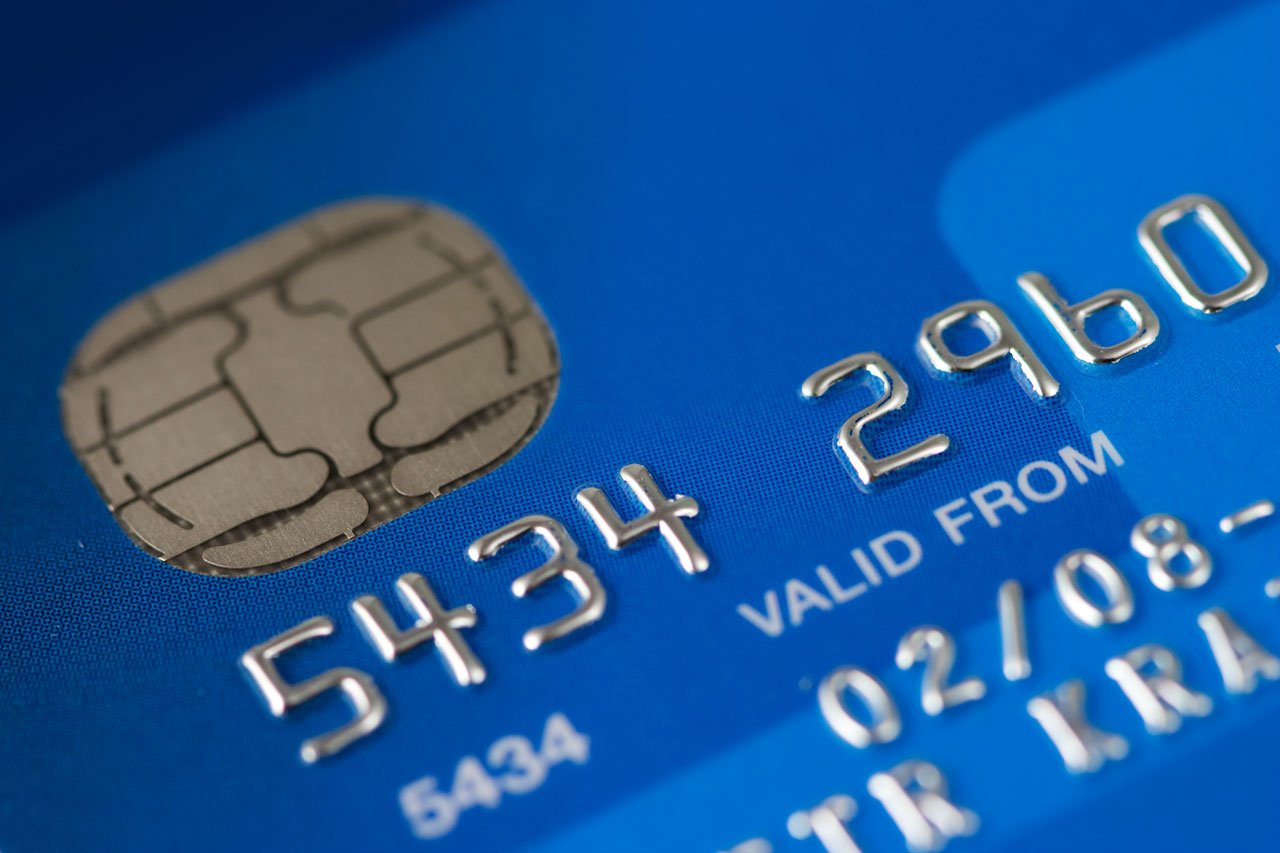In 2023, fraudsters in Russia stole 15.7 billion rubles from customer accounts. The second half of these funds were provided with bank cards.
We regularly hear stories about how scammers have scammed someone and how convincingly people have revealed their bank details. Therefore, it would be a good idea to remember once again which banking data can be shared with other people, and which cannot be shared under any pretext.
These recommendations apply to all bank cards and payment systems.
Brief description
Where are the card details provided?
What details can be provided to outsiders?
What details can be given to a bank employee?
What exactly cannot be developed
How to protect yourself from scammers
What to do if you give your details to scammers
Brief summary
Where are the card details provided?

Any bank card contains a set of details that are recognized and allow you to pay online and offline:
▶︎ Card numberconsisting of 16-18 digits
▶︎ First and last name card owner
▶︎ Card validity period
▶︎ CVC/CVV codesecurity code, consists of 3-4 digits
These details are always indicated on the card, with the exception of the first and last name of the cardholder – this may not always be the case. The reason was found out in Search with Neuro.

Based on sources there may be inaccuracies
Some cards have the owner’s name and surname, while others do not, because everyone The cards are issued to the holder’s account, which means they can be identified by his identity. (2)
On this map based on the user’s first and last name. Usually, embossing is used for this – mechanical extrusion of symbols on the front side. (2)(3)(4)
On an unnamed map no first and last name. The absence of a name is a technical detail that simplifies its occurrence. When carrying out a transaction using a card, the holder’s name is displayed in the bank’s reporting – an account with a credit institution when contacting the client and is identified through his personal data. (2)(3)
Link to answer in Yandex Search with Neuro
But there are other important details that are not indicated on the card:
▶︎ PIN codefour-digit password to confirm offline transactions
▶︎ SMS codes (push codes)sent to confirm online transactions
Without all this data, no card will work. Most of them cannot be shared with others.
◦ Back ◬
What details can be provided to outsiders?

You can tell your friends and acquaintances your bank card numbers so that they can transfer money using it.
You can also provide the name of the bank instead of the card number if you need to provide a phone or account number in accordance with its regulation.
But even corpse details should be handled with caution, because they can be used by scammers in their schemes. For example, telephone scammers, disguised as a bank employee, can give a card number in order to infiltrate the security.
Also remember that the more details you disclose, the more vulnerable your account becomes to scammers.
◦ Back ◬
What details can be given to a bank employee?

The first thing to correct is: if you called from the bank and a suggestion came up in the conversation, hang up and call the bank back yourself or write to the chat. This way you can protect yourself from conversations with scammers.
Bank employees may request the last four digits of the card number to clarify which product you are applying for, FIO and a code word to confirm your identity. Bank employees can view all other necessary data in their system.
If, under some pretext, you are asked to disclose additional information, feel free to interrupt the conversation. Most likely, these are scammers.
◦ Back ◬
What exactly cannot be developed

In short, all data except card numbers. For example, senior card number, full name and expiration date; fraudsters can already pay on many sites where additional data is not required. And these are not some suspicious sites. This is how Amazon works.
If you add a CVC/CVV code to this data, the number of sites where fraudsters can pay with your card will increase significantly.
If they have access to SMS codes, attackers can not only pay anywhere, but also carry out any operations, be it opening a loan or transferring funds on your behalf.
Remember: To transfer money to a card, you only need to know its number. No one except the owner should know all other data.
◦ Back ◬
How to protect yourself from scammers

If you think that you entered your details on a suspicious site, or accidentally called their scammers, block or freeze the card immediately.
The fastest way to do this is in the mobile application of any bank, but blocking by calling is also possible.
If you cannot find your card, block it temporarily. This way you can secure your account, and when you find the card, you can always unfreeze it.
A few more solutions
▶︎ Do not send photo cards to anyone, and if you do this, then cover up all the details except the numbers in the editor
▶︎ Do not pay for anything from suspicious sites
▶︎ Do not give your details to anyone under any pretext. Bank employees never use a PIN code or SMS code.
▶︎ If you receive a call from a bank, pension fund, on behalf of children/parents or any other government organization, hang up and call these organizations back yourself. But only to the official number, not the one that called you (even if it looks reliable)
▶︎ If you get a call from the police or investigative committee and ask about your finances, hang up.
▶︎ If you feel like you are talking to scammers, hang up.
Fraudsters can cleverly sneak into a closed area, so always be vigilant and attentive when talking to strangers.
They could also say additional information about you to further enhance the impression. In fact, there is a lot of public information on the Internet, and large services that you can use sometimes have leaks.
◦ Back ◬
What to do if you give your details to scammers

If you realize that you accidentally disclosed your card details to scammers, follow these steps:
1. Block the card immediately. You’ll be lucky if you manage to do this before your first writing.
2. After blocking, a decision was made about the emergence of a situation in the support bank. via chat in the application or to the hotline. Describe the entire situation, as well as support staff may encounter scammer phone numbers. Pass it on.
How to convert money from bank cards. Working diagrams
3. You can also write a statement to the police.. It’s not a fact that the scammers are average and your money will be returned, but there is a small chance.
4. You can check your credit history.to make sure that scammers have not issued you a new loan or loan.
You can view all issued loans in your name on the NBKI (National Bureau of Credit History) website. Every year you can do two checks for free, the rest cost 450 rubles per car. To log into NBKI you need a State Services account. Creating a credit history takes no more than 2 minutes.
◦ Back ◬
Brief summary
Never give your card details to anyone.
To transfer money, you can only provide your card number or account details.
If you require details under any pretext, then do not continue the conversation. Most likely, these are scammers.
◦ Back ◬
Source: Iphones RU
I am a professional journalist and content creator with extensive experience writing for news websites. I currently work as an author at Gadget Onus, where I specialize in covering hot news topics. My written pieces have been published on some of the biggest media outlets around the world, including The Guardian and BBC News.










